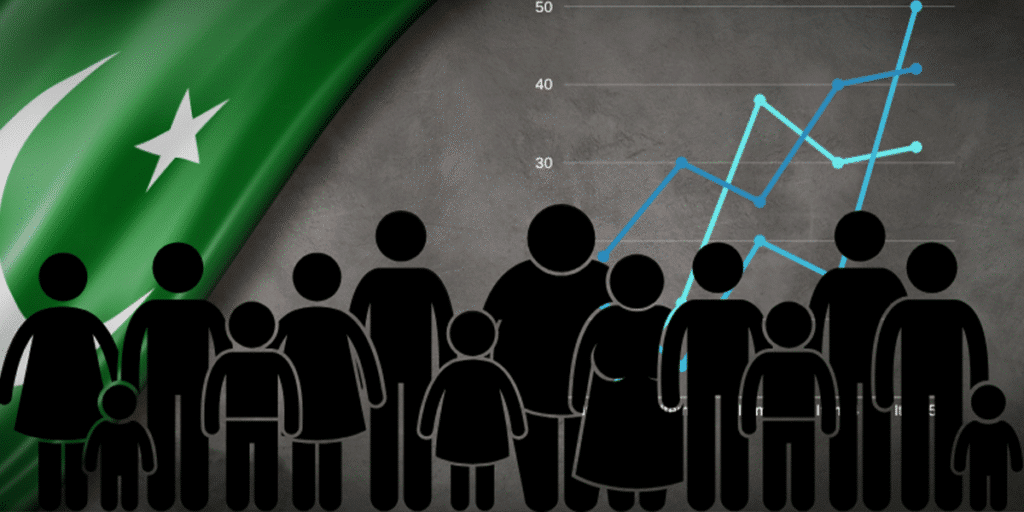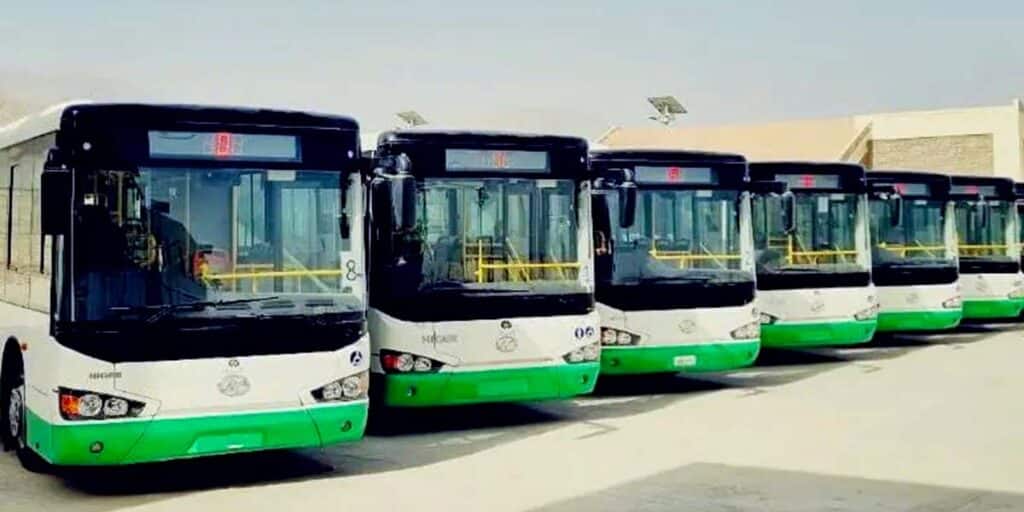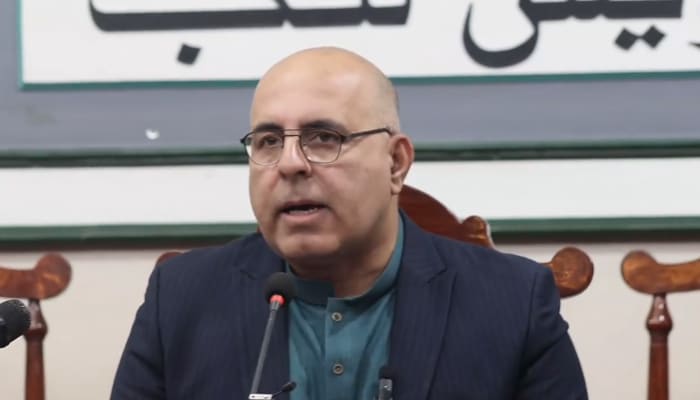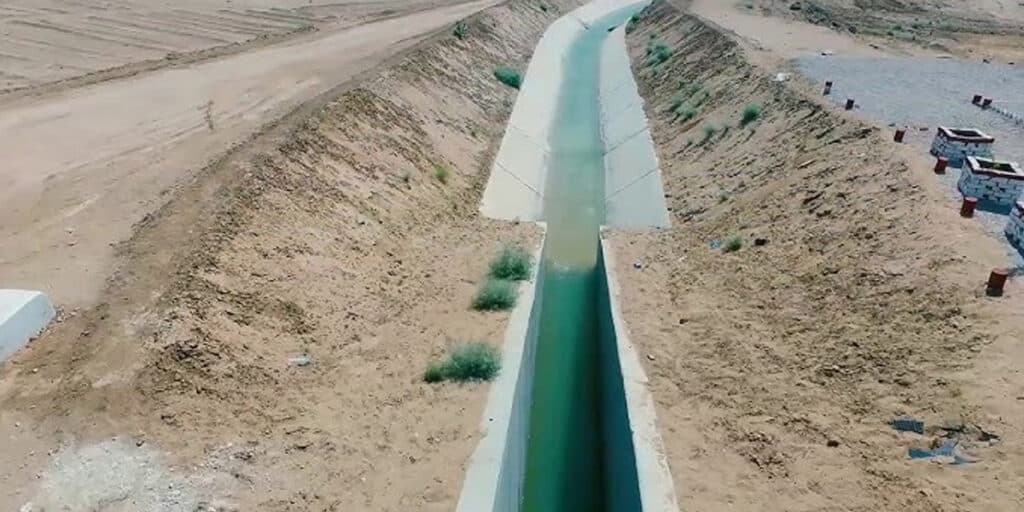QUETTA: A new government report has warned of a deep development divide across Pakistan, showing that most of the country’s highly vulnerable districts are in Balochistan.
The report, released by Finance Minister Muhammad Aurangzeb and Climate Change Minister Dr. Musadaq Malik, uses the District Vulnerability Index for Pakistan (DVIP) to measure disparities in human development. It found that 17 of the 20 most vulnerable districts are located in Balochistan.
Dr. Malik said Balochistan’s vulnerability stems from weak access to health care, education, and basic infrastructure. “Even the best districts do not have a good standing, and the worst part is that 17 out of the 20 most vulnerable districts are in Balochistan,” he said.
The report said some districts in Balochistan have over 65% of residents living in makeshift homes. Half the population lacks toilets, and 40% has no access to safe drinking water. These indicators reflect widespread structural weaknesses across the country.
Punjab, by contrast, performs relatively better. Thirteen of the 20 least vulnerable districts are located there, with stronger access to basic services and infrastructure.
The index measures exposure to social, economic, and environmental risks across six areas: housing, transport, livelihoods, health care, education, and demographics. The report found severe gaps in safe water, quality schooling, and secure housing—services Dr. Malik described as basic rights rather than privileges.
The findings show that high unemployment and unstable livelihoods add to vulnerability in Khyber Pakhtunkhwa and Balochistan. Conflict and terrorism have also damaged infrastructure and economic activity in K-P, making recovery slow.
The education assessment said Karachi has the highest density of primary and secondary schools, while Balochistan ranks among the lowest. Long travel distances and poor school availability deepen vulnerability for rural families.
remains a major threat. Floods, droughts, and extreme temperatures continue to hit the poorest districts the hardest, especially in Balochistan and KP.
Also Read; CM Balochistan warns airlines over excessive airfares from Quetta
The report urges targeted investment and a fairer distribution of resources to address growing regional inequality. It calls for climate and economic risk to be fully integrated into national policymaking as Pakistan attempts to close its development gaps.





